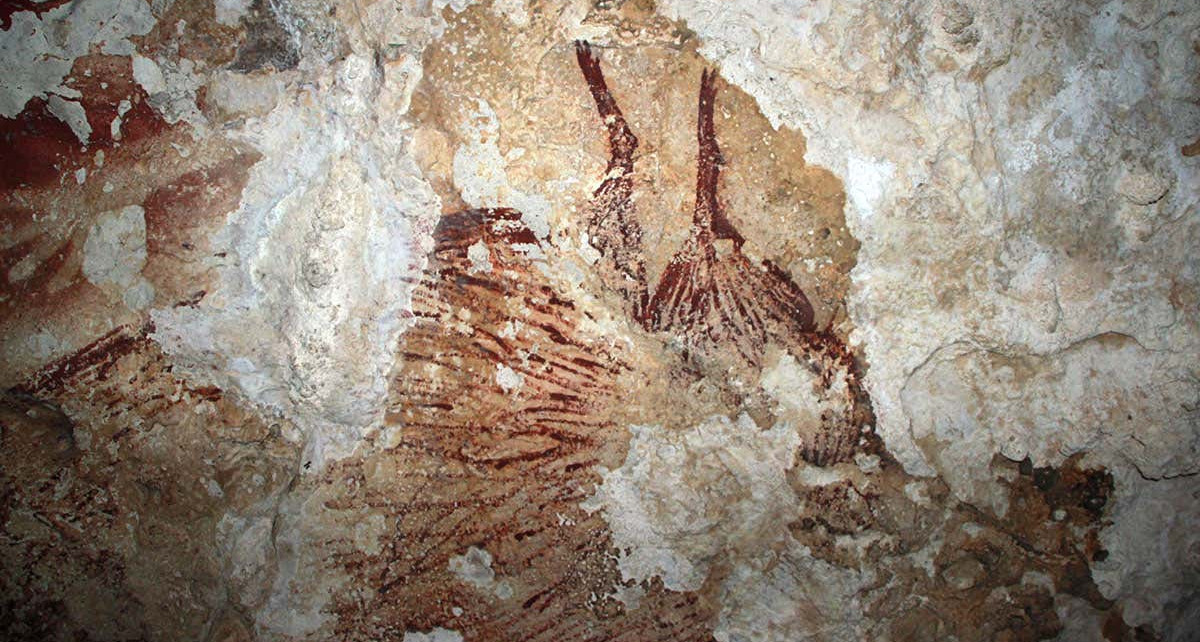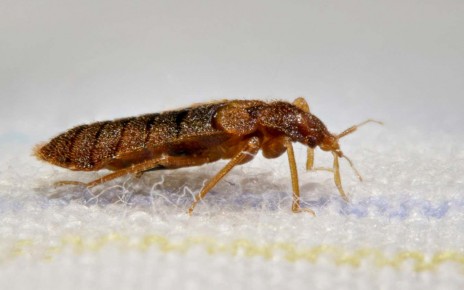[ad_1]

Rock art at Leang Sakapao in Indonesia
Linda Siagian
Degradation of ancient rock art in Indonesia may be accelerating due to climate change.
The Maros-Pangkep karst, a cave complex in Indonesia, contains Palaeolithic paintings that are between 20,000 and 45,000 years old, including one of the oldest known hand stencils in the world. Anecdotal reports in recent decades suggest that the paintings have been degrading at an accelerated rate. To investigate, Jillian Huntley at Griffith University in Australia and her colleagues analysed flakes of rock at 11 cave sites in Maros-Pangkep.
Advertisement
They found a high level of sulphur in the rock at all 11 sites, as well as a build-up of calcium sulphate and sodium chloride salts in rock at three of the sites. The salts occur naturally in the rock and form crystals in a process called salt efflorescence, which often happens in wet environments.
“As water washes through the stone or over the top of the stone, it picks these things up, and then when the water dries off and the solution dries off, it drops out the salts,” says Huntley.
The resulting crystals expand and contract with temperature and humidity, exerting a mechanical pressure on the rock that can lead it to flake and fragment, damaging any art painted on the surface.
This finding indicates that salt-driven rock art degradation is widespread in Maros-Pangkep. “It’s a monsoon climate, so you have recharge of water and then you have the dry season, so just naturally this is a perfect environment for salts to form,” says Huntley.
The researchers suggest that the increasing severity and frequency of El Niño-induced droughts – a result of climate change that has led to more consecutive dry days and higher temperatures – as well as the moisture during the monsoon season have provided ideal conditions to accelerate the degradation of the rock paintings.
Journal reference: Scientific Reports, DOI: 10.1038/s41598-021-87923-3
Sign up for Countdown to COP26, our free newsletter covering this crucial year for climate policy
More on these topics:
[ad_2]
Source link




